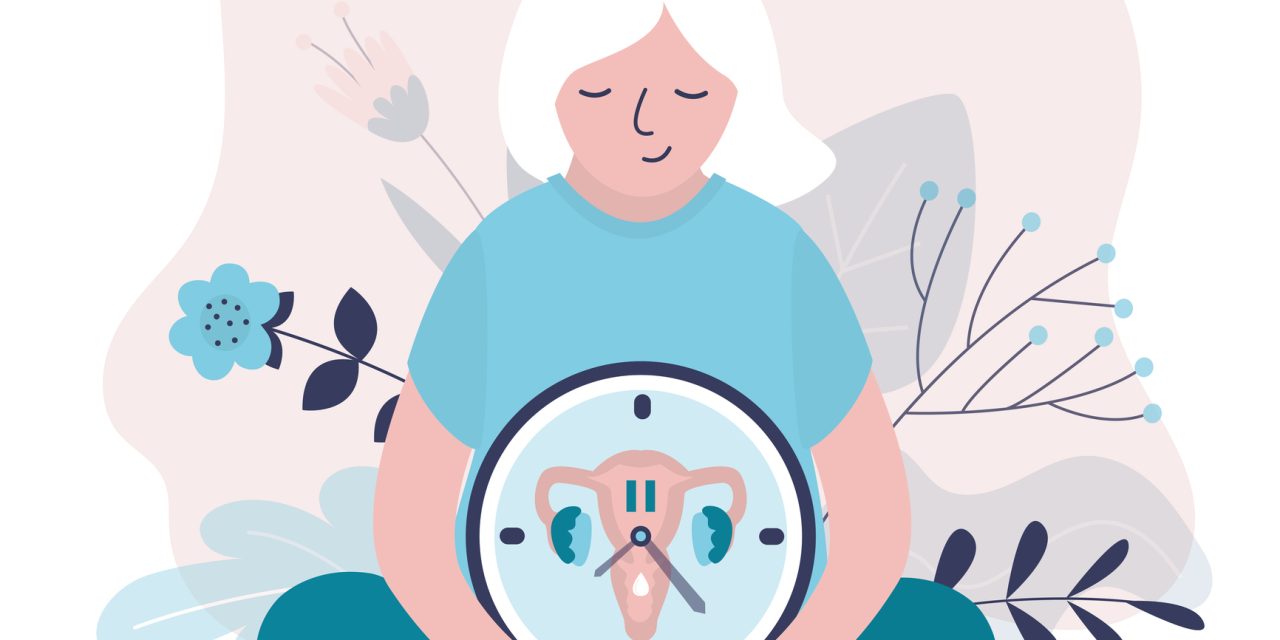Effects of lifestyle modification on reproductive function in polycystic ovary syndrome (PCOS) remains poorly elucidated. We compared the effects of a pulse-based diet (lentils, beans, split-peas, and chickpeas) with Therapeutic Lifestyle Changes (TLC) diet on ultrasonographic markers of ovarian morphology, hyperandrogenism, and menstrual irregularity in PCOS.
Randomized controlled trial.
Women with PCOS (18-35yrs).
Thirty women randomized to the pulse-based and 31 to TLC groups completed a 16-week intervention without energy-restriction. Groups performed aerobic exercise (minimum 5 days/week; 45 minutes/day), received health counseling (monthly) and longitudinal follow-up. Follicle numbers per ovary (FNPO, 2-9 mm), ovarian volume (OV), free androgen index (FAI), and menstrual cycle length were measured pre- and post-intervention.
FNPO (mean change±SD, -10±15), OV (-2.7±4.8mL), FAI (-3±2), and menstrual cycle length (-13±47d) decreased over time in both groups (All: P<0.01), without group-by-time interactions (All: P≥0.13). Attrition rate was 33.7% and comparable between groups (P=0.94). Adherence to diet intervention negatively correlated with changes in FNPO (r=-0.54), OV (r=-0.35), and FAI (r=-0.29) in pooled groups (All: P≤0.04). Groups maintained reduced OV, FNPO, FAI, and menstrual cycles 6 months post-intervention; however, decreased FNPO and FAI at 16-week tended to revert to baseline levels 12 months post-intervention in both groups (All: P≤0.05).
Both interventions improved ovarian dysmorphology, hyperandrogenism, and menstrual irregularity in PCOS and no diet appeared to be superior at improving reproductive outcomes. Our observations highlight the importance of longitudinal surveillance for sustainable adherence to newly adopted healthy lifestyle behaviors and reproductive health in PCOS (ClinicalTrials.gov identifier,NCT01288638).
This article is protected by copyright. All rights reserved.
A randomized controlled trial of a lifestyle intervention with longitudinal follow up on ovarian dysmorphology in women with polycystic ovary syndrome.


